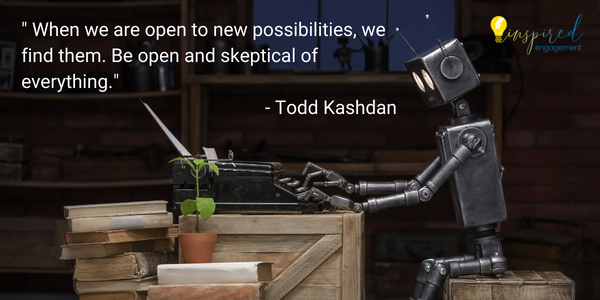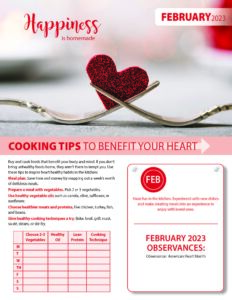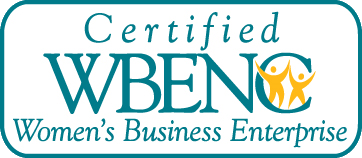Creating frequent and insightful well-being content is more important now, than ever. Language has the power to shape our perceptions of reality and can be used as a tool to impact behaviors, shape beliefs, influence emotions, create social norms and construct a lens through which information or situations are perceived and decisions are made.
There has been recent buzz about a new viral AI (artificial intelligence) text generator. If you haven’t yet heard about this copywriting program, it won’t take long to get endless streams of information about ChatGPT, the content creator from OpenAI, from a simple search of the web. The real question that comes to mind for many organizations, health and wellness programs and organizations is:
Can AI-generated copy be useful to create compelling well-being content that will convey messages that stand out, provide value, cultivate trust and influence behavior?
As a professional well-being content and communications creator who spent a few hours experimenting with the tool, I say, “it might”. Language is in itself a powerful tool, whether spoken or written. The words we choose and how we form them into sentences can create compelling ideas, evoke emotions, shape thoughts and create beliefs. The way language is used can affect the way people process information and either confirm or challenge existing beliefs. This is a key strategy for well-being programs where the goal is to not only create awareness and provide information, but to motivate and inspire individuals to make and maintain healthier lifestyle choices. Well-being communications harness the power of language by:
Using Labels: The words we use to describe things and people influence how we think about them and categorize them in our minds.
This is one of the reasons it is considered best practice to brand corporate wellness programs and create an attractive logo.
Shaping beliefs: Using positive or negative language to describe events and experiences can impact our perception of reality.
We are a product of our inner dialogue. Reinforcing positive self-talk, affirmations and, adopting an attitude of gratitude cultivates a positive mindset.
Influencing emotions: Anecdotes and examples can influence our feelings and the emotions of those around us.
Emotional appeal is meaningful and relevant to addressing some of the psychological barriers to behavior change.
Creating social norms: Expectations can shape our understanding of what is normal and acceptable.
Social norms create attitudes, shape access to health care and health promoting resources, as well as shape the cultural and social determinants of health. For example, an article about mental health and stress management can be phrased in ways that intentionally break stigma through increased understanding or unintentionally perpetuate stigma that leads to exclusion and decreased access to support and resources, hindering one’s ability to recover and live a fulfilling life.
Framing: Influences how information or situations are perceived and decisions that are made based on it.
Framing a decision in terms of potential gains rather than losses may result in a more optimistic outcome.
Here are some initial thoughts and a few pros and cons after spending a short time testing the new ChatBPT:
Pros:
Text is created in a very concise manner that lays out bulleted information using simple language and descriptive words.
Useful tool for providing succinct information.
Free tool, at least for the time being, so anyone can use it.
It helps to prompt the creative process.
Cons:
Information sources are not given, so technically all content would have to be vetted for accuracy.
Doesn’t convey emotional appeal for meaningful connection to the reader.
Lacks ability to utilize anecdotal examples.
Unclear if it will tailor content to a specific audience.
Language is the movement of thought. Words can become triggers for transformation. As this technology continues to evolve it will be interesting to see how content creators will learn to utilize AI generated text as a tool, to spark creativity, rather than replacing original ideas to shape mindset and behavior. Until then, those of us who get writers block, tongue tied or just need a few key phrases to work with can look forward to the potential of this resource. If you are looking for quick and easy content to share with your population for American Heart Month, download the February e_Mailer and contact us if you’d like learn more about personalizing dynamic communications tailored to your population, benefits and resources.
Amy Cohen is the Director of Well-Being Strategy for Inspired Engagement, the in-house well-being content generator, powered by Wellness Coaches, supplying effective well-being content and communication tools for behavior change marketing strategies that shape mindset, promote resources and breathe life into wellness programs.









